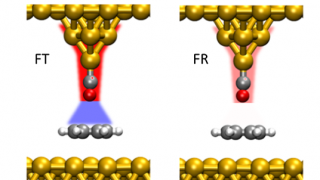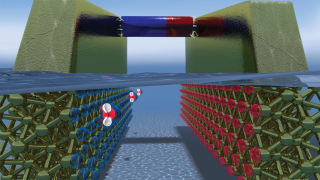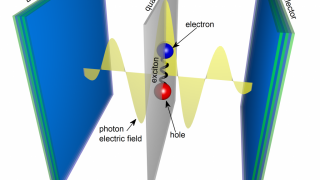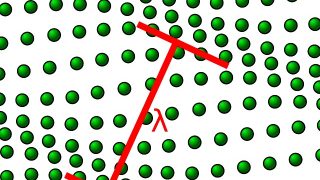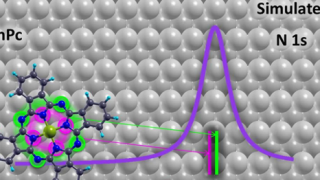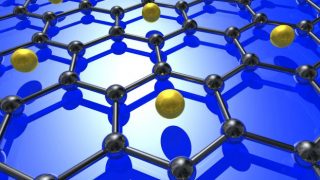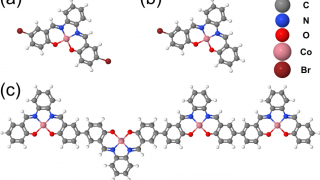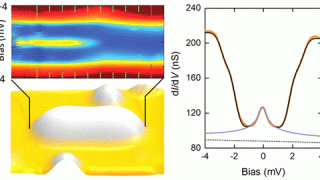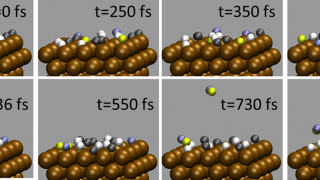
Non-adiabatic effects in gas-surface interactions
Adsorption commonly is understood as the reversible binding of molecules and atoms from the gaseous or liquid phase on surfaces, mostly of highly porous adsorbent media. In chemisorption a single layer of molecules, atoms or ions is attached to the adsorbent surface by chemical bonds; in physisorption only van der Waals forces are involved. The […]

